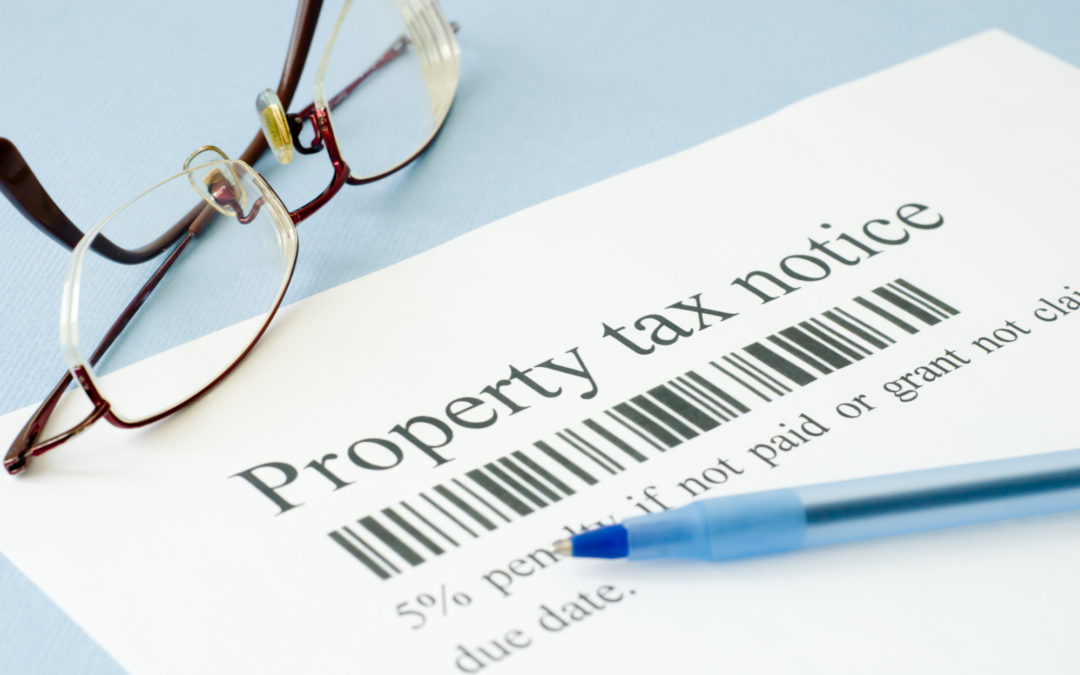It’s no secret that the Bay Area has one of the hottest real estate markets in the country. And while many potential buyers may be concerned about the price tag on Bay Area homes, the reality is that purchasing a house is more financially advantageous than renting. One caveat, though, is that you need to be aware of more than just the mortgage payment on a potential home; you have to consider its property taxes too. And there’s actually a specific valuation process. Curious how property taxes are calculated? Read on to find out how it works!
List of Contents
The Tax Assessment
Before your local tax assessor can calculate what you owe in property taxes, they first need to determine the value of your home. Assessments are completed anywhere from annually to every five years, depending on city and state laws.
Tax assessors use three methods to assess the value of the property: the cost method, sales comparison, and income method.
When an assessor uses the cost method to determine your property value, they’ll calculate how much it would cost to completely rebuild your home, factoring in depreciation for older properties, and the value of the land itself.
The sales comparison method compares your property to other similar properties that were recently sold in the area. The assessor will make adjustments to the total value if your home has received upgrades and vice versa.
The income method is used primarily for commercial and investment properties. Here the assessor will base their determination on the amount of expected income you would generate. Expenses like maintenance and insurance are deducted to give you the total value.
Your Local Property Tax Rate
Once your home has been assigned a value, that value is then multiplied by your local tax rate, also known as a mill rate. One mill is equivalent to $1 for every $1,000 of property value. For example, if your community has a mill rate of 55 and your home is worth $500,000, then the tax assessor will multiply your property’s value by 5.5% for a total tax payment of $27,500.
Mill rates vary from city to city and even neighborhood to neighborhood. They are impacted by the services available to the neighborhood, and local schools, among other things.
Paying Property Taxes
You have a few options when considering how to pay your property taxes. Some lenders require you to roll your property taxes into your monthly mortgage payment. But, if you own your property outright, or if your lender doesn’t combine property taxes with your mortgage, then you may choose to make annual payments, semi-annual payments, or monthly payments. Speak with your local tax assessor to determine the best method of payment for our situation.
Want to Learn More About Buying a Home in the Bay Area?
Calculating property taxes may seem like a complicated process, but they boil down to a value assessment multiplied by your local property tax rate. For instance, property taxes may go up in value if you complete any improvements to your home, the value of your neighborhood rises, or if a measure is passed to approve local bonds. When planning your budget, be sure to leave a little cushion for potential increases in property taxes in the future and you’ll be good to go!
Are you ready to shop for your dream home in the Bay Area? You’ve come to the right place. Contact us today to see how we can help!

